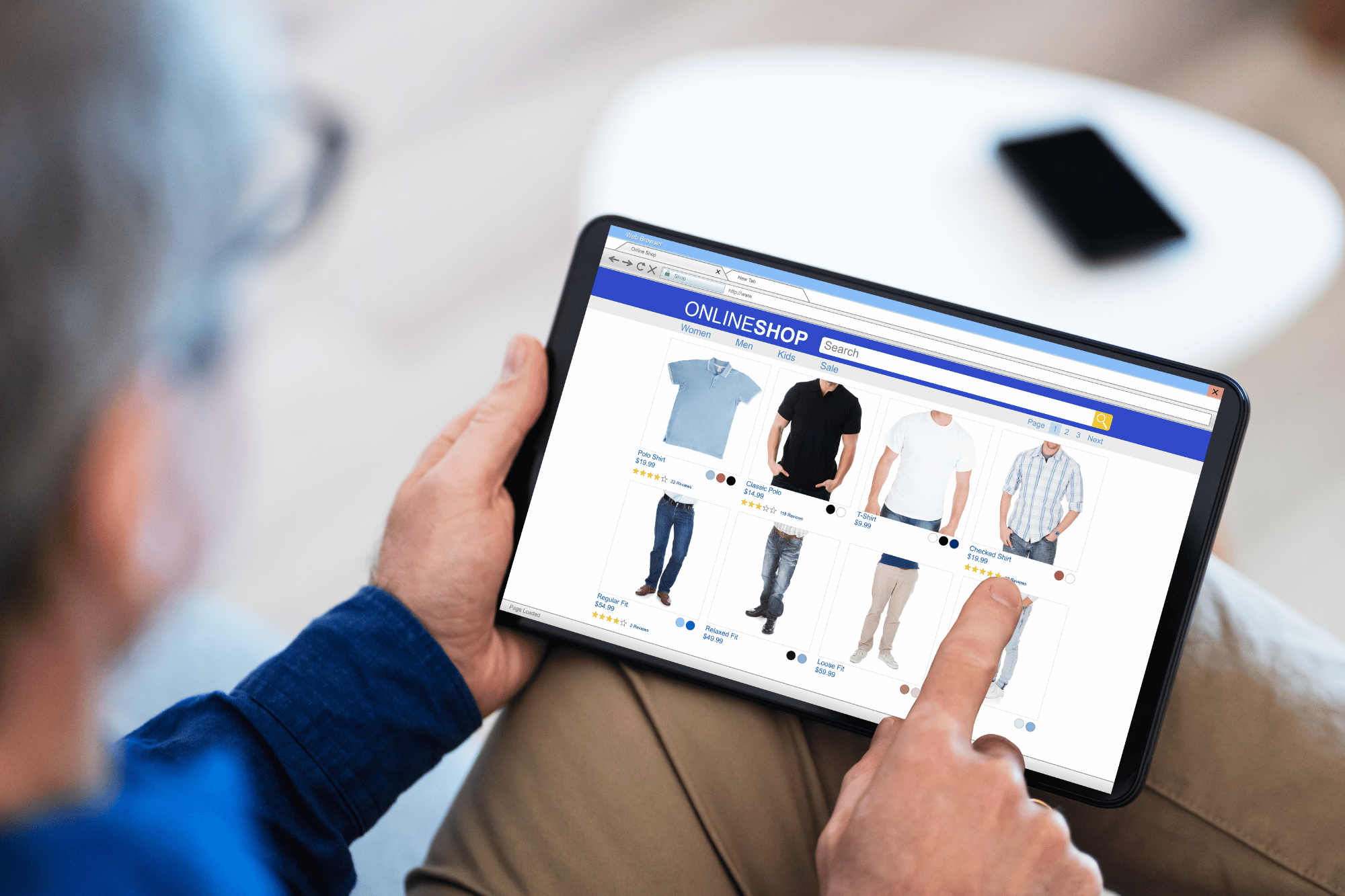How to Avoid and Combat eCommerce Shopping Cart Abandonment
Shopping Cart Abandonment Solutions
In the world of eCommerce, there is an unspoken reality that first-time visitors are a fickle bunch. In 2020, Fresh Relevance reported that a staggering 57.6% of online shopping carts are completely abandoned!
However, there are ways to minimize the percentage of shopping cart abandonment at your eCommerce store and even a few clever ways to win back shoppers that have left your website mid-purchase. Let’s dive into how to avoid, and even recover abandoned shopping carts.
Ways to Avoid Shopping Cart Abandonment on-Site
Anyone in the sales world can tell you that it’s much easier to steer a customer than it is to make them turn around. For that reason, the best strategy in eCommerce is to avoid shopping cart abandonment from the get-go. Luckily, there are some winning strategies that, when implemented correctly, will drive your customers forward before they have second thoughts.
Cultivate Trust
Trust is a delicate thing. As fragile as it is, it’s perhaps the most important link between you and a customer. Building trust online can be challenging; there are no face-to-face interactions, and you have to let your website do much of the convincing. Here are the key components of trust on a digital platform:
- Enable HTTPS, or your browser will tell website visitors that your website is not secure
- Choose an eCommerce platform that is recognizable and credible
- Communicate clearly and in an authentic voice
- Use credible financial institutions to process payments, such as PayPal
- Enable a customer review feature to add honest voices to your product pages
Utilize Easy Navigation, Quick Shopping Cart Access
Think about if you sent your best friends an invitation to your housewarming party. None of them have visited your new place, so they’re relying on you to give them directions. You don’t think very hard about this step and, on the big day, your friends can’t find your house. Who do you think will show up?
Along those lines, who is going to show up to your website if they can’t navigate it? Navigation needs to be simple and direct, so your potential customers don’t get lost in the weeds. Similarly, I recommend that you keep their shopping cart at the forefront no matter what page they’re on. It should be both visible and enticing.
Implement Guest Checkout
Not everyone wants to connect with your website on a deeper level. As much as that may hurt, it’s a simple truth. With that in mind, you should make buying from your store as painless as possible. Some of us want to register and come back to your store again and again. Others just want to make a quick purchase and go along their merry way. Make sure you have a system in place for both types of shoppers. Guest checkouts should take 2-3 clicks before your shopper is finished buying.
Put Calls to Action (CTAs) Throughout
How many times do you think we need to see a button before we muster enough interest to click on it? You’d be surprised! The more opportunities you give a visitor of your website to engage, the higher the chances that they actually will. Empowerment is an incremental process; remind your visitors often that they can BUY NOW, or CHECK OUT, and eventually they will do just that!
Beyond that, don’t underestimate the power of the “chatbot”. That’s the little chat box that pops up in the bottom corner of a web page that goads you into requesting support. It can answer rudimentary questions or even forward a more complex question to a live support specialist.
Optimize Page Speed
Even in the days of high-speed internet, a few seconds can feel like an eternity when browsing the internet. For this reason, you want your website to load quickly. Moreover, you want it to be “responsive”, which is design industry speak to mean that it’s both functional and beautiful no matter what device you’re on and will adjust to fit the size of its screen.
When your page loads instantly you keep your visitors from spending those crucial few seconds doubting their purchase. The less time spent waiting for your pages to load, the more likely they’ll continue with the sale.
Identify Drop-Off Points Through Funnel
Any eCommerce platform worth its salt will have a backend that can track, measure, and report the level of engagement from your website visitors. You can also access this data through website analytics solutions, like Google Analytics. This data is crucial in showing you where hidden obstacles might lie in wait to trip up a visitor and cause them to leave your website without becoming a customer. Pain points can be slow website speed, an unintuitive interface, a broken link, or any number of things that you will never find unless you pay attention to the “shopper’s journey” on the backend of your eCommerce control panel.
Retarget to Bring the Abandoners Back
So, you lost a customer. They left their shopping cart and may never return.It’s not as strange as leaving a full shopping cart at, say, your local Target. As I mentioned earlier, it’s pretty common online. While your first impulse may be to come to terms with the eventuality, don’t become complacent with abandoned carts. Instead, investigate ways to bring those people back.
Digital Re-Targeting
When someone leaves your website they are not lost forever. On the contrary; website visitors leave behind a sophisticated bread crumb trail that can be tracked across browsers and digital devices. Using these tracers, you can create what we call a “digital re-targeting campaign”, which will analyze what your visitor viewed, clicked on, or put in their cart, and serve those products as personalized ads on their favorite websites or social media. Pair these ads with a time-sensitive promo code, and you might just win that customer back.
Postal Re-Targeting
Direct mail or “postal” re-targeting is a similar process. The primary difference is in how you deliver your serendipitous messaging that attempts to re-spark intrigue in the heart of your potential customer. Today, there are online services that pair browsing data with mailing addresses.
Once you have a name and mailing address associated with a website visitor, you can send them effective direct mail to remind them of your business. I’ve found that promotional postcards are highly effective, especially if they include a personalized message and a discount code.
Mitigate, Entice, and Don’t Give Up
Controlling shopping cart abandonment is all about coming to terms with it. Once you understand that it’s a natural part of the eCommerce experience, you can face it head-on by implementing clever tricks to avoid it, or to reverse it. In the world of marketing, you communicate to customers with the assumption that your message faces an uphill battle. The struggle to find the legs to meet your audience is what makes your message unique and effective in the first place.
The same is true for eCommerce; the struggle to reach your audience is precisely what creates a unique and lasting experience in the first place. To put it simply, if you feel challenged by your audience, then you’re that much closer to understanding the reality of success. It shouldn’t be simple, but it should be incredibly rewarding.
Interested in how Bluegrass can help?
See what we can do.
You may also like...



